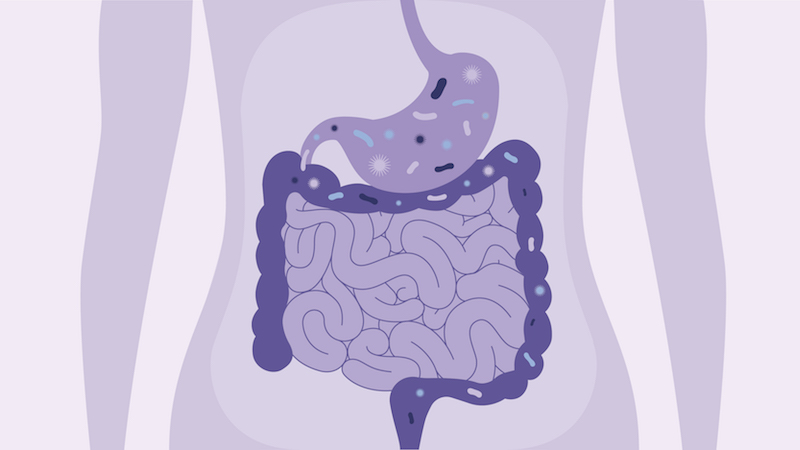Causes and Diagnoses
Causes and Diagnoses of Functional Dyspepsia
Functional dyspepsia has, by definition, no known cause. Regular dyspepsia, or indigestion, has numerous causes, which may be related to functional dyspepsia. These causes include:
-
Diet: overeating or eating fatty or spicy foods
-
Gastritis (infectious, inflammatory, bile-acid)
-
Gastroparesis (slow emptying of the stomach)
-
Helicobacter pylori infection
-
Peptic (stomach) ulcer
-
Pancreatitis
-
Lactose intolerance (inability to digest milk and dairy products)
-
Celiac disease
-
Gallstones, biliary colic (gallbladder pain) or cholecystitis (gallbladder inflammation)
-
Side effect of medication (Aspirin, NSAIDs, Iron)
-
Reaction to alcohol, caffeine or carbonated beverages
-
Stomach cancer
-
Intestinal blockage
-
Small intestinal bacterial overgrowth (SIBO)
To arrive at a diagnosis of functional, your physician must eliminate these conditions as the cause of your chronic indigestion. Tests may include:
-
X-rays: X-ray images can indicate evidence of a blockage or obstruction.
-
Barium swallow: A special series of X-rays is taken of your esophagus and stomach after you drink small amounts of a liquid containing barium, a contrast material that coats your esophagus and stomach and shows up well on X-rays. This can help to detect ulcers, inflammation of the stomach, or possibly tumors.
-
Breath test: This test can identify the presence of Helicobacter pylori, the bacterium that causes stomach ulcers or small intestinal bacterial overgrowth.
-
A stool sample: This lab test checks for abnormal bacteria and parasites in your digestive tract.
-
CT scan: A computed tomography (CT) scan combines X-ray and computer technology to produce detailed cross-sectional images of your intestines.
-
Upper endoscopy: A thin, lighted tube with a camera attached to it is passed through your mouth and esophagus. Your physician can look at your digestive tract and evaluate any abnormalities or blockages. Biopsies can also be obtained to evaluate for microscopic causes of symptoms.
-
Capsule endoscopy: A tiny camera, embedded in a small capsule that you swallow, takes pictures of your stomach and small intestine.
-
Gastric Emptying Study: A radiologic study during which food is consumed and the length of time the food remains in the stomach is assessed.
-
Wireless Motility Capsule: A small capsule which contains pressure, temperature, and pH sensors allowing us to calculate stomach, small intestine, and colon transit times.




